Lilac "Sensation": description, planting and care

Delicate lilacs are widespread in our country. This plant began to be cultivated by humans in the 16th century, and today it does not lose popularity. In nature, there is a huge variety of types of lilacs. Sensation is one of the great options. You can learn about what is said in the description of the variety, what are the rules for planting and caring for the plant, from this article.
Variety characteristics
First of all, it is worth noting that the ordinary lilac "Sensation" is quite unpretentious in terms of care. In addition, it is resistant to negative environmental influences (frost, precipitation). The variety has excellent decorative qualities, therefore it is often used to decorate summer cottages and other areas.
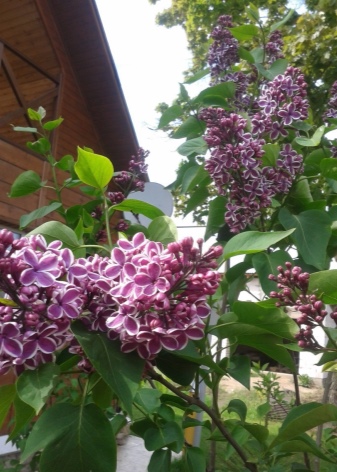

By its botanical nature, this plant is a deciduous shrub. Lilacs of the described variety are quite high, can reach 3 meters, exceeding human growth. The plant grows every year. It is believed that in 365 days "Sensation" gains about 0.5 meters in height. The leaves of this shrub are unusual. They are ovoid, rather wide and large (they can reach 12 centimeters). The color of the leaves is rich dark green. The bark has a color similar to that of foliage.
The shoots are complemented by shades of brown, flower buds are located at their ends.
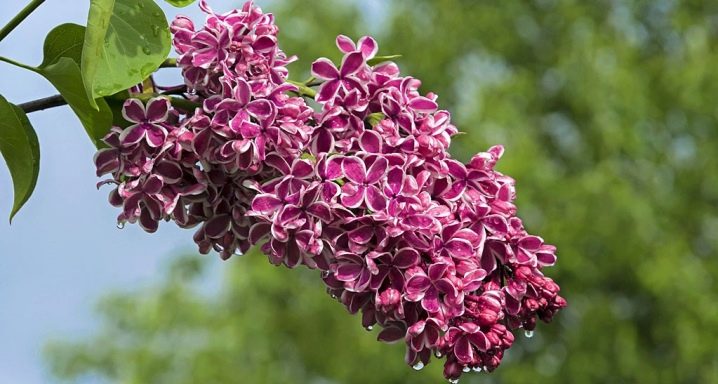
Lilacs begin to bloom the next year after planting. Lilac flowers "Sensation" have a tubular shape, have 4 petals each. The difference is the size of the flowers (they can reach 2.2 centimeters in diameter). Moreover, the flowers do not grow singly, but in groups collected in inflorescences. In turn, the inflorescences can reach 20 centimeters in size.
Obviously, the shade of the flowers themselves is lilac (hence the name of the plant). However, the variety "Sensation" is distinguished by a special edging of the petals - along the edges they are painted white, which gives zest and special charm to this shrub. Lilacs also have fruits. They are elongated capsules with 2 valves, inside of which are lionfish seeds. Each box can contain 2 to 4 seeds. The flowering process begins in late spring and lasts about 20 days.
It is also important to highlight a number of useful qualities of this plant, which not everyone knows about.
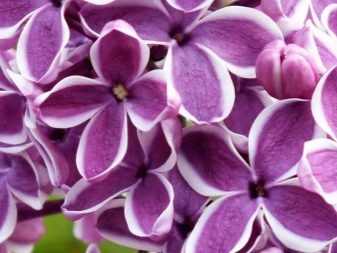
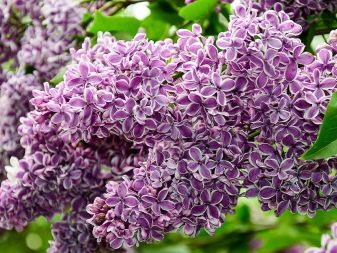
Lilac has pronounced antiseptic and anti-inflammatory properties. In addition, it can have anesthetic and anticonvulsant effects on the human body. That is why quite often the plant extract can be found in various medicines, cosmetics. Lilacs are brewed in the form of tea, medicinal ointments are made from flowers and bark, and a decoction is made from the kidneys. However, it should be noted that before using this form of treatment, it is necessary to consult a doctor.
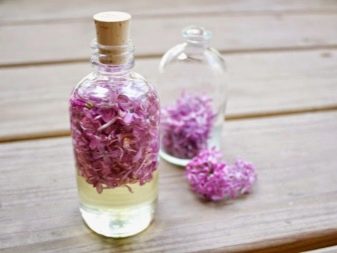

How to plant?
First of all, you should choose a place suitable for planting the plant. Experienced gardeners recommend giving preference to soils that are chemically neutral. However, if the ground contains an insignificant amount of alkali, then such a site can also be set aside for planting sensation lilacs. The ideal place to place the plant is on a southwest slope.
It is also important to pay attention to how well lit the site is for future planting. Sunlight must have access to the site, otherwise the planted lilac bush will not bloom.If we talk about the right time, then gardeners are advised to plant lilacs in late summer or early autumn. Moreover, it is better to land in the afternoon or evening (not in the morning) in cloudy weather. It is important to remember that you cannot plant lilacs under the scorching sun.
Before planting, the soil should be drained and moistened.
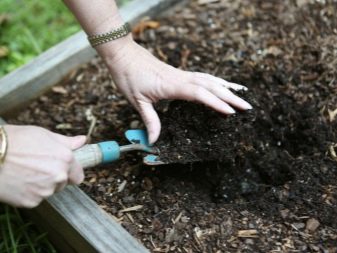
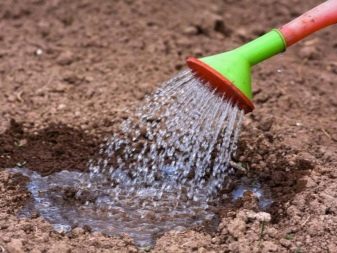
In addition, it is recommended to apply fertilizers and top dressing to the soil. The most suitable additives are compost, humus, wood ash, and bone meal. In the process of planting, it is necessary to deepen the seedlings into the soil in such a way that the root collar is at ground level. The ideal hole size is 50 by 50 centimeters (meaning depth and diameter). Before placing seedlings in the ground, make sure that their root system is closed. If you miss this moment, then the lilac will develop poorly or will not take root at all on the site.
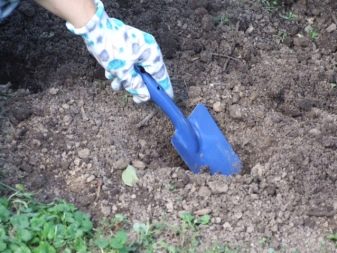
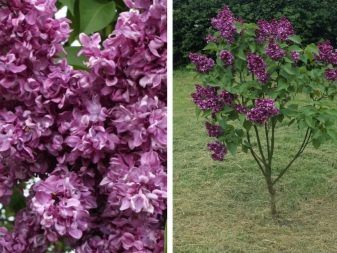
Care rules
As mentioned earlier, the Sensation variety lilac does not need specialized care measures. In the first year after planting, it is not recommended to apply additional fertilizers to the soil, since top dressing and all the necessary nutrients were introduced during the planting process. Direct feeding of young lilacs should be done only at 2 or 3 years of its development.
At the same time, it is important not to forget to aerate the soil by loosening the area under the bush. (this procedure is especially relevant after the snow melts). Thanks to proper and high-quality aeration, lilac roots activate their activity to saturate the plant with the necessary nutrients.
As for watering lilacs, it should be moderate and thoughtful.
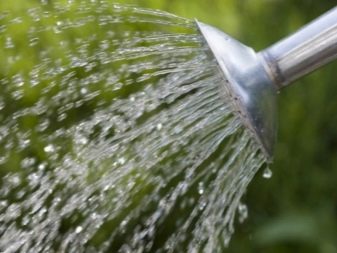

Under normal conditions, the bush has more than enough natural precipitation (rain, snow). However, in case of drought and heat, watering is still worthwhile. But this must be done in small quantities and with caution, otherwise excess moisture can cause the onset of the decay process. Watering should be stopped from July. This will prevent overgrowth of the kidneys. Every year it is necessary to carry out the procedure for removing the resulting root growth. If desired, the detachable parts can be used to propagate the shrub.
An important characteristic of the Sensation variety is that it easily tolerates pruning. So, pruning for hygienic purposes is recommended to be carried out in early spring (you need to be in time before the period of juice movement). If you are going to cut the crop to form a beautiful bush, then this should be done only after the flowering period is over.

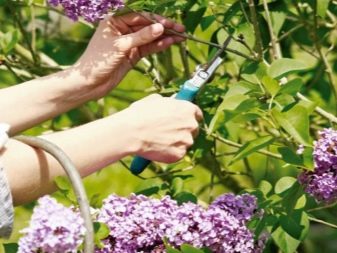
Professionals recommend leaving only 6-7 main branches in the process of formative pruning. This is enough for "Sensation" to develop and grow most actively. It will also improve the flowering process. At the same time, in the process of "cutting" it is important to cut off areas that have faded, as well as old branches. This approach will allow the appearance of updated young areas of the bush in the next season.
Among other things, it is important not to forget about prevention.
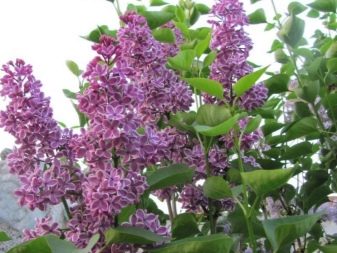
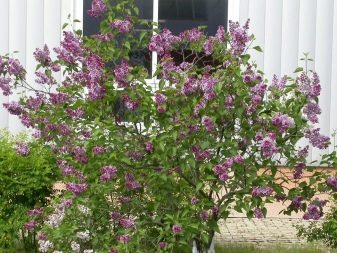
After the winter cold and snow melt, it is necessary to carry out measures aimed at protecting the wood of the bush from diseases and pests. For this, experts advise to carry out the spraying procedure. Usually, insecticides and fungicides are chosen as healing and protecting the culture from ailments. Summarizing the above, we can conclude that the lilac variety "Sensation" is a very unpretentious plant. It is quite easy to plant and does not require much maintenance. Not only a professional, but also a beginner in the agricultural business will be able to cope with the cultivation of "Sensation". In this regard, this type of flowering leafy shrub is chosen by many gardeners.
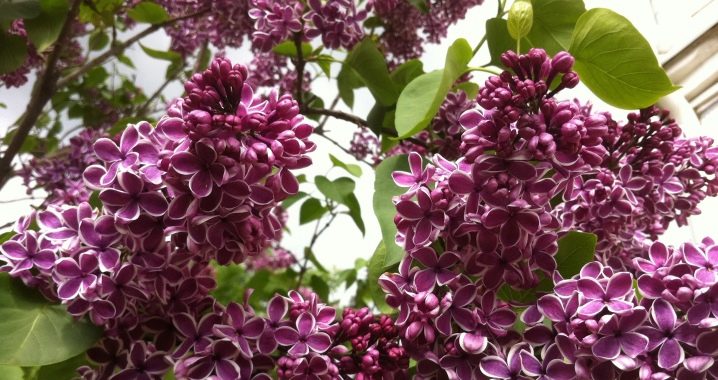
For tips on the care and planting of sensation lilacs, see the video.



































































The comment was sent successfully.